
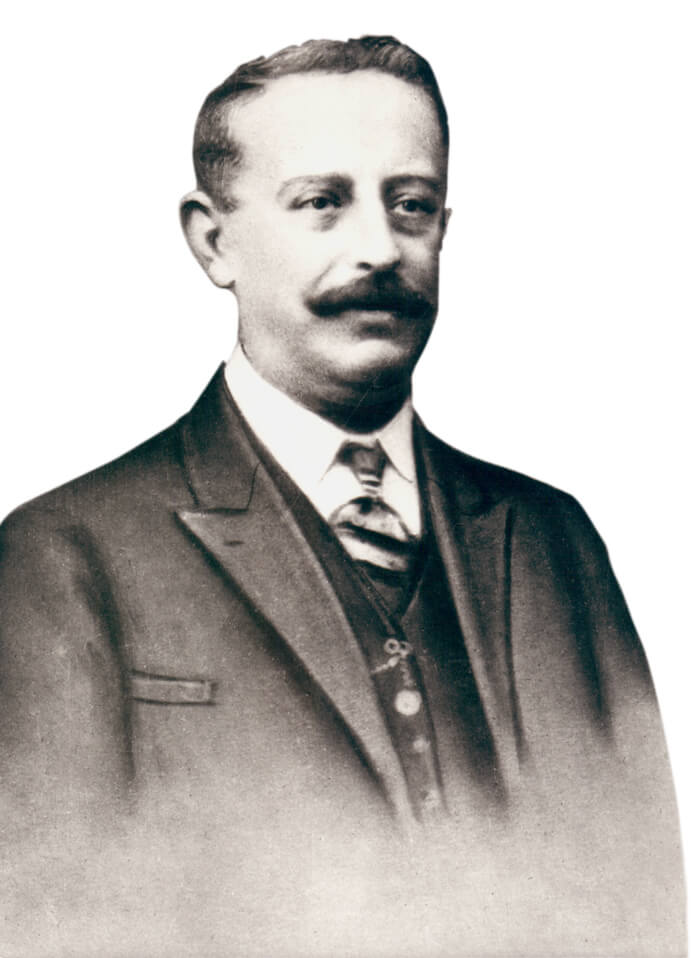
One can’t help but think in how many ways and to what extent one is impacting people’s lives: with their creations, work, with music and of course with one’s love. The founder of the José Ramírez dynasty could have never imagined how transcendental his creation was going to become. A disciple of Francisco González, José Ramírez I committed himself to constructing state of the art guitars that were later going to influence deeply not only the Madrid School of Guitar Constructors, but the history of the instrument per se. His father was a carpenter and a member of the wood association, same as every guitar maker at the time. This has made many consider that his father too was probably a guitar maker. José Ramírez I officially established his independent workshop in 1882, giving life since then, to an incredible array of instruments while teaching many the art of the craft. Among his apprentices, was his little brother Manuel Ramírez. As a guitarist, José Ramírez I always looked to improve the projection of the instrument finally building a very successful guitar: Guitarra de Tablao. This gave him immense recognition and granted him a place in history for good.

The stories around the Ramírez dynasty have always been very interesting. Every generation has had a handful of anecdotes, personalities and craft that were magnetic. Manuel Ramírez sure had his own. As a guitar maker he was incredibly accomplished, having built one of the most outstanding instruments in the history of the classical guitar. The Manuel Ramírez guitar is in exposition at the Metropolitan Museum of Art in New York. The guitar itself is full of history as it was the instrument which young Andres Segovia chose. It’s told that Segovia walked in the shop inquiring about a guitar for a concert, and Manuel with little interest showed him what he had. Segovia at the time wasn’t dressed properly but when he began playing, he immediately got Manuel’s attention. He ended up giving Segovia the guitar, and so, an amazing society was born. Manuel was also an outstanding teacher having had, under his wing, artists such as Santos Hernandez and Domingo Esteso.
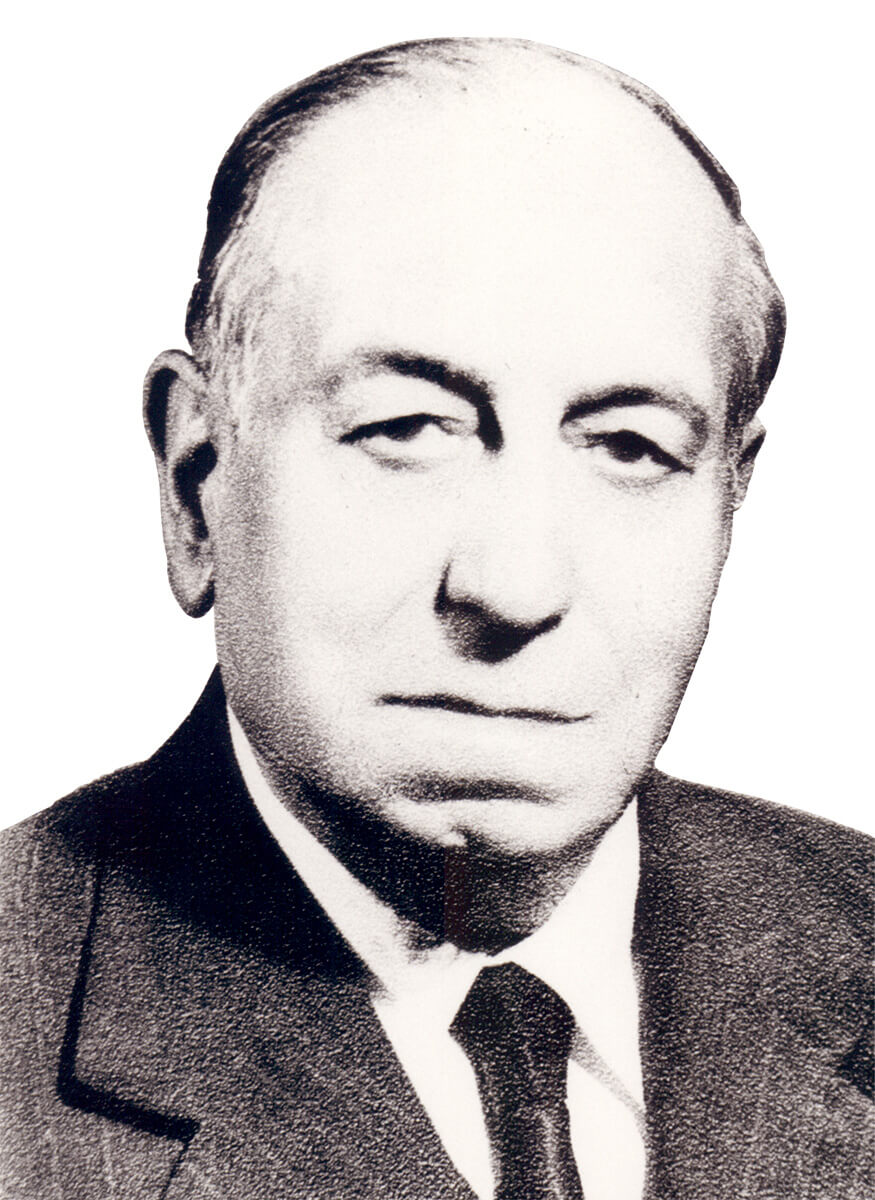
Great enterprises face great opposition. José Ramírez II was no exception to this rule. The challenges and difficulties that he had to go through could have easily ended the business. Instead, his father's death, the Spanish Civil War and the difficulties of getting wood and materials for building guitars, only made Ramírez stronger. When he was 20 years old, he began playing in a band that toured South America for 20 years. Moving back to Spain with his wife and kids, José took over the business after his father's passing, and along with luthiers – that later became world famous – he kept the prestige of the dynasty alive. In 1936, he was awarded the gold medal by the Ibero American Exhibition of Seville.
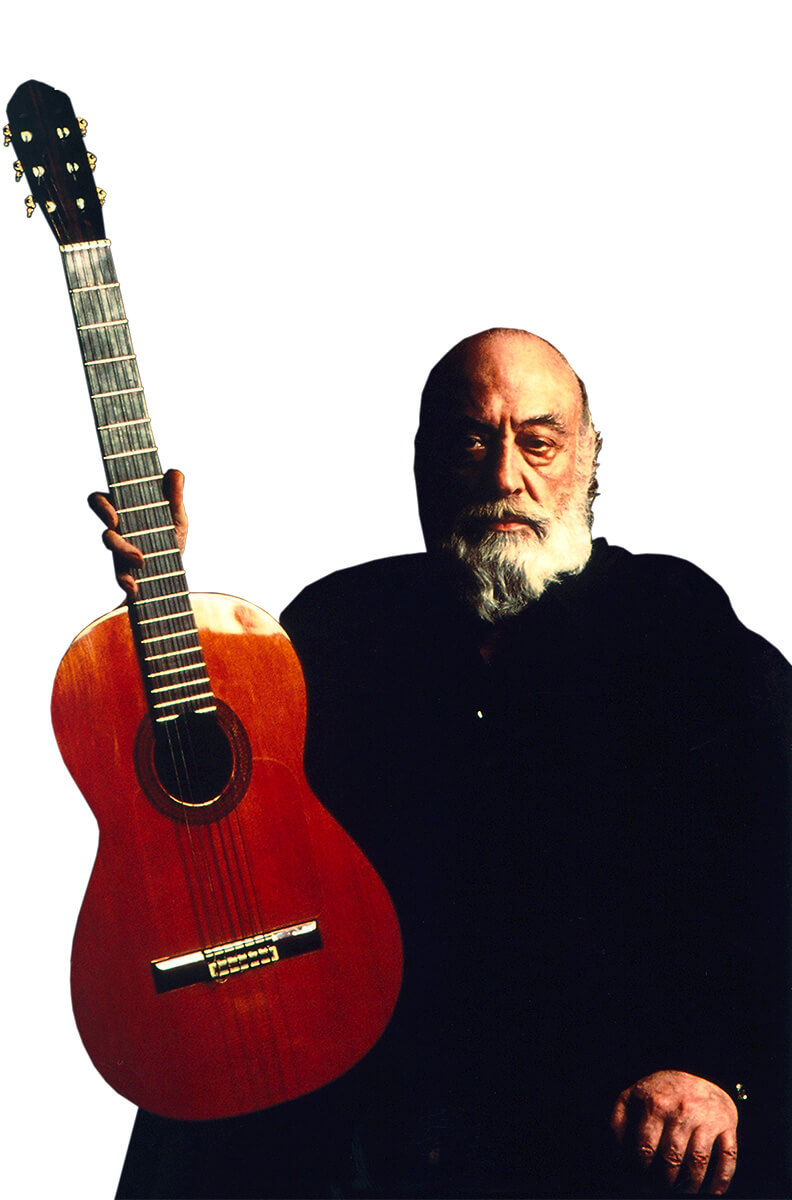
The more you get into the history of the José Ramírez family, their intimacies, triumphs and adversities, the more you realize the immense love they have had for their profession. If José Ramírez II did not find a paved road ahead, neither did José Ramírez III. Resources were limited as this time. His father and brother died, leaving him with great responsibilities that, even though he took them with a great amount of character and diligence, would have been overwhelming for anyone. He was a great investigator and his research transcended the Ramírez shop, as guitar makers worldwide incorporated them into their craft. The Canadian Red cedar wood for the instrument’s top is one his most popular discoveries. Scale length was also in his research, as he found the tonal qualities in 664mm as well as in 650mm. The "Camara" design which was a revolutionary concept (it still is), added a piece of wood in the interior of the acoustic box giving clarity and purity to the sound. It became perfect for recording situations. Double rims and 10 string guitars also came from his brilliant investigations. José Ramírez III and Segovia worked together symmetrically leaving nothing short of an incredible period of state of the art guitars for the world. He received numerous awards worldwide and his contributions still impact guitar builders everywhere.
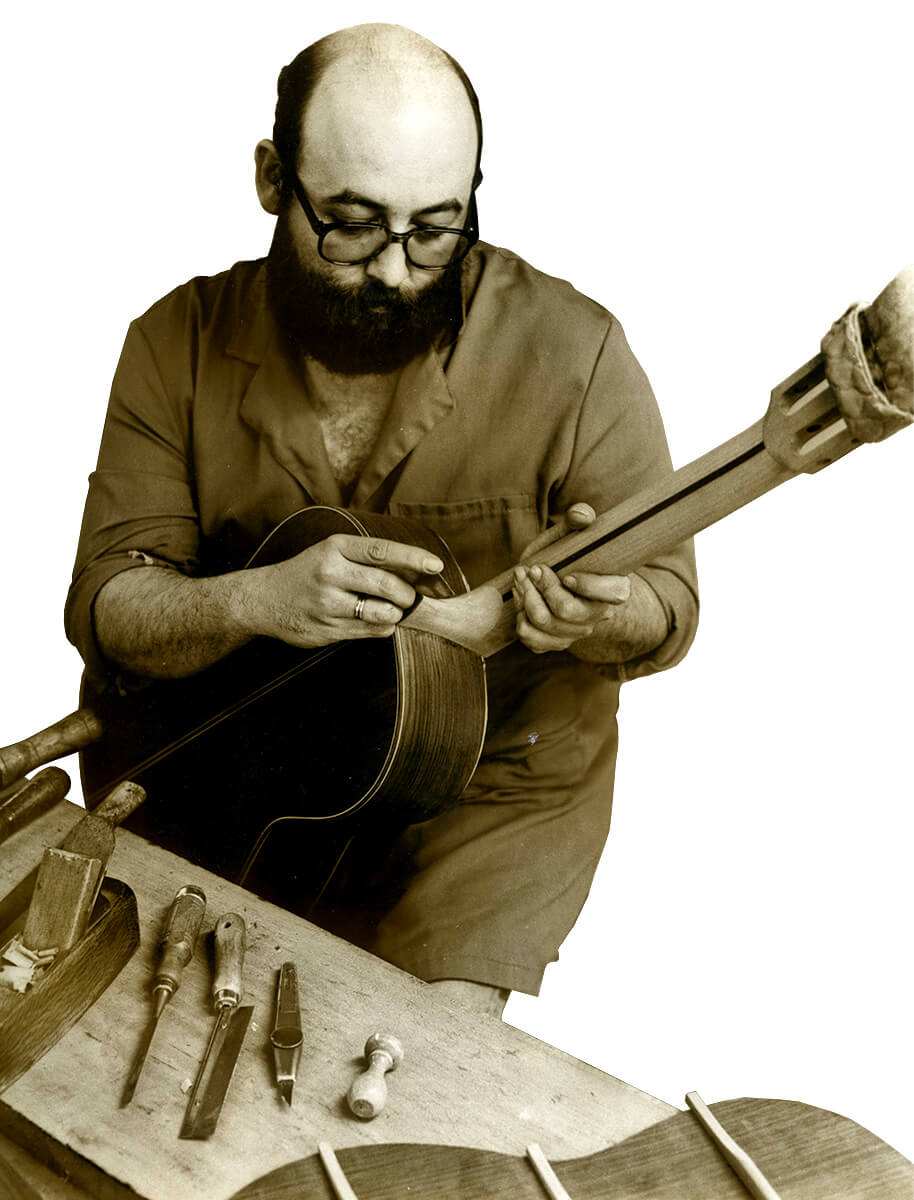
If Segovia was bringing the guitar to a place of prominence, José Ramírez IV along with his sister Amalia were about to set a new standard for the instrument. José and Amalia took over the business in 1988, when many guitarists had started to grow different expectations about the classical guitar. Segovia had chosen a guitar built by José in 1979 which gave him a great amount of confidence, sufficient enough to build the Tradicional model and the Special model. Both responding to very different demands sufficiently. José also improved the techniques of his father and came up with tons of innovations that made guitars better, easier to play and even more desirable! The studio line was introduced with a wondrous amount of success. It's also important to mention that the famous Centenario is a work of his.
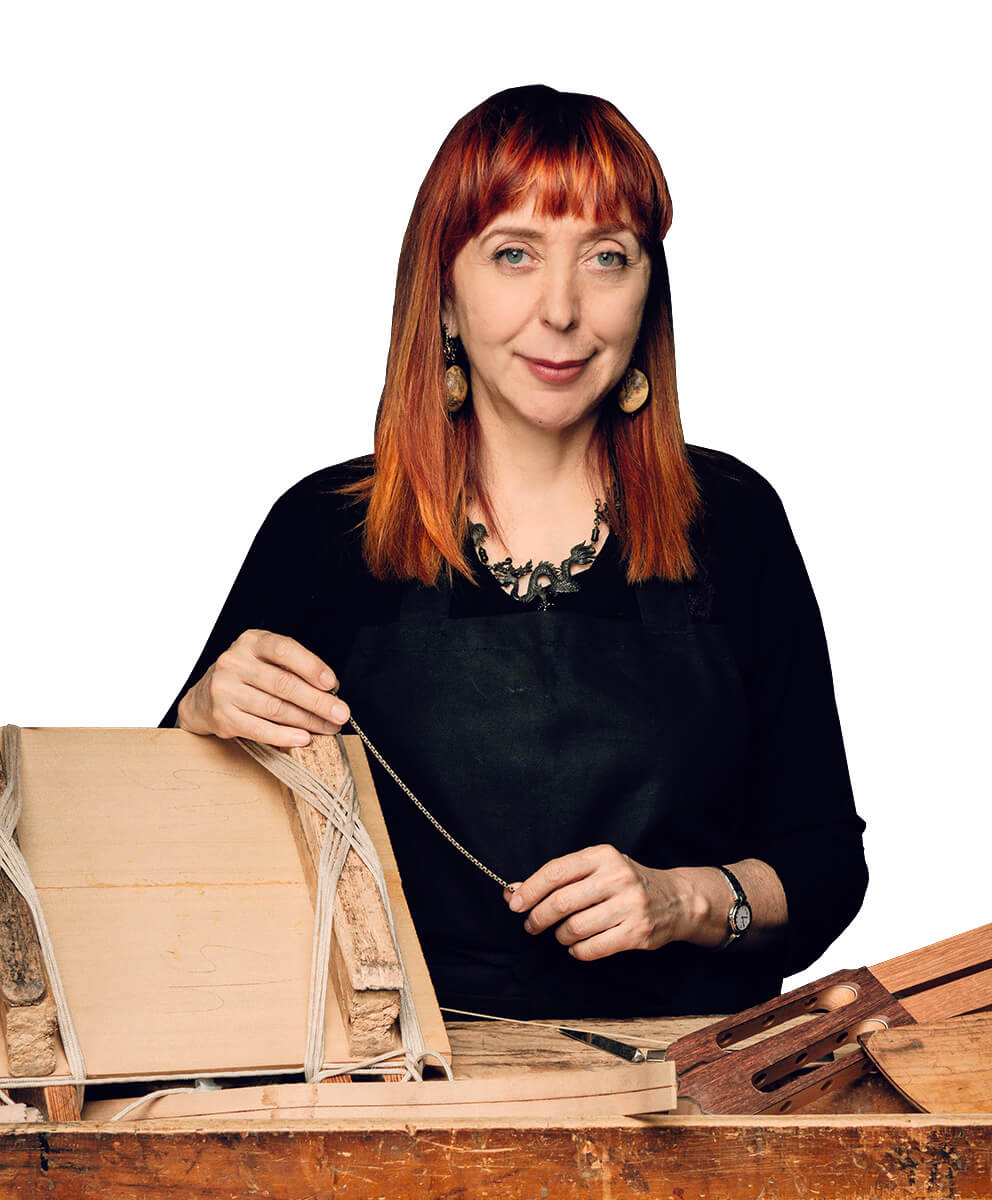
It's very inspiring to see how someone transforms a huge amount of responsibility into a beautiful art creation. This is probably a good way to sum up what Amalia Ramírez has achieved as the director of the José Ramírez brand. Decades of history came into her hands and she molded them into sensational nylon string instruments such as the SPR, the 125 Anniversary, the 125 Años and 130 Años, among many thorough investigations that keep placing Ramírez as a prominent school of lutherie in Madrid, and the whole world! As an expert luthier, Amalia has created with her hands astonishing works of art that have made extraordinary music, played by renowned guitarists and great virtuosos. If history is what she received as a present, the present is what she gave to the brand. Today, everyone wants to play a Ramírez guitar. As we have spoken about Segovia, someday we will speak about the many players who fill concert halls with their Ramírez guitars. Amalia keeps improving all aspects of the brand and carries, with great distinction, the family name.
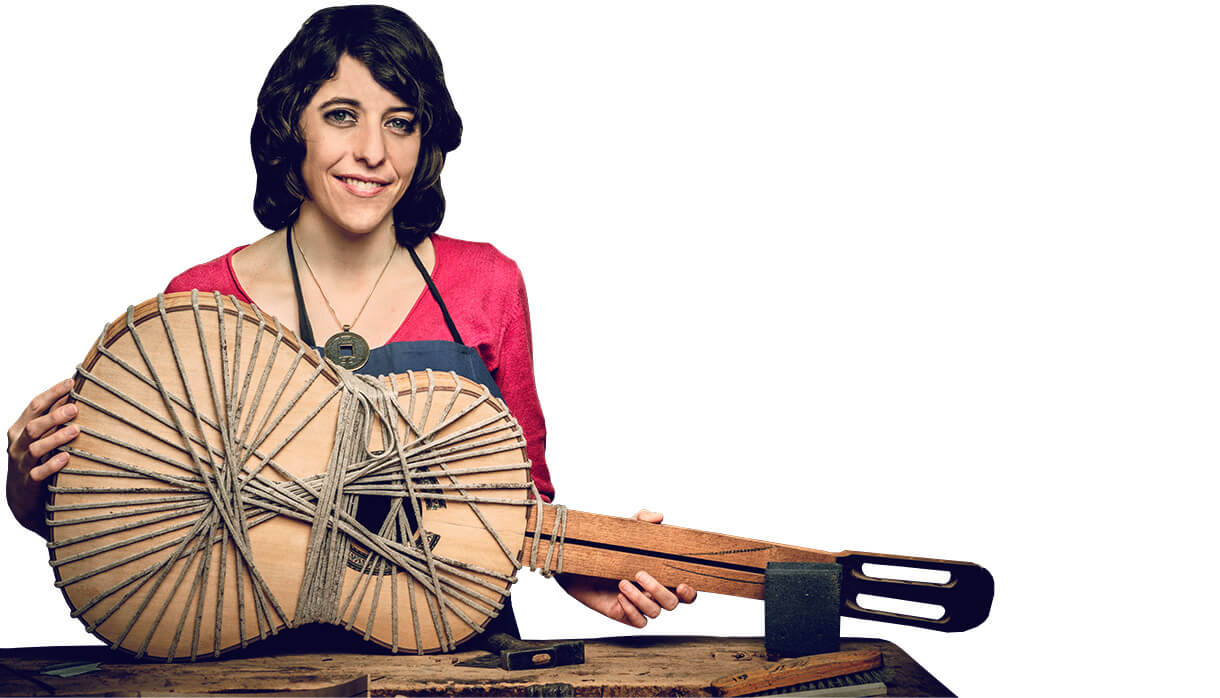

Cristina and José Enrique Ramírez have added a great value to the Company. José Enrique as a lawyer and Cristina as a designer, journalist and sound tech, have greatly complimented the brand, while they themselves have learned the principles and high standards of guitar making. Ramírez guitars are continuously receiving an injection of new ideas, of new processes and of new qualities that blend beautifully with all the tradition and wisdom of their ancestors. We can't help but think of the extraordinary instruments that will leave the shop tomorrow, the music that they will inspire and the history that's about to be made.